|
Yesterday, a unique piece of equipment arrived in the biology department. It's a quadcopter drone for taking aerial photographs for ecology and environmental science projects. After some prep work yesterday, the drone was ready for her first flight today. My first stop for aerial shots were the campus wildflower basins. These are detention basins that help deal with storm water run-off on campus, and they are also planted with native species to promote local biodiversity. Seeing them from above gives quite a different perspective. Here's the basin across from the art building: The basin was recently mowed to promote new spring growth of the native plants. From this perspective you can really see the clumps of individual plants and all the different shades of green. Here's the basin behind the gym: This basin gets a lot of more standing water, so you can see the cattails growing in the bottom.
I'm excited to keep working on my drone flying skills and get more shots of these areas through the seasons to create a time series. Another project I have in mind is to photograph the campus woods, which are being affected by the death of ash trees due to the emerald ash borer. Any other suggestions for fun ecology projects that could be informed by drone-based photography?
2 Comments
Matt Amthor
5/20/2015 01:11:56 pm
This is really cool. I wonder, would it give you any additional information to look at the same fields in other wavelengths or bands, like infrared or ultraviolet, or even with different visible light filters on the existing camera?
Reply
Abbie Schrotenboer
5/29/2015 08:19:13 am
Thanks, Matt. I know that some types of vegetation surveys using satellite imagery use a comparison of near infrared and visible light to identify areas of vegetation. It could be interesting to look at other applications, perhaps such as differentiating among species or types of species.
Reply
Leave a Reply. |
Abbie SchrotenboerI'm a biology professor at Trinity Christian College. I'll be using this page to share interesting stories related to ecology and conservation at Trinity and in the Chicago area (although I might be tempted to expand my geographic focus upon occasion). Archives
December 2020
Categories |
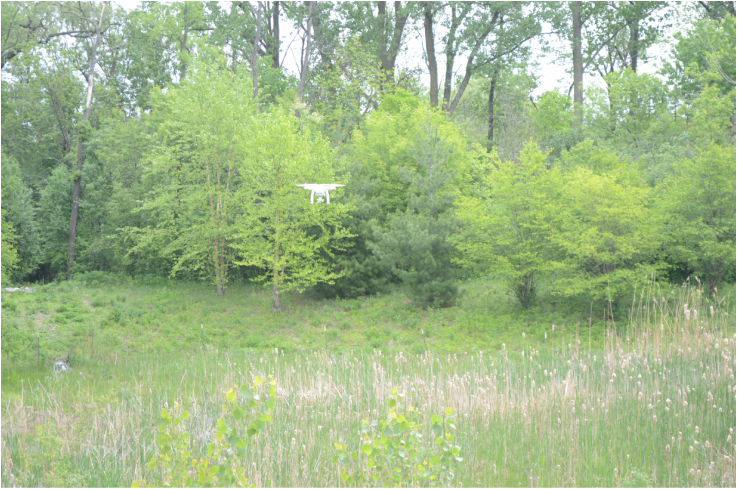
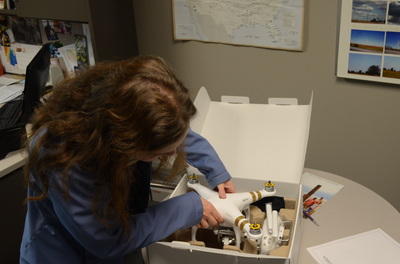
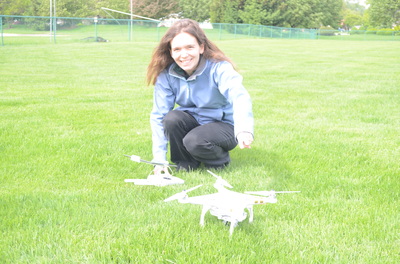
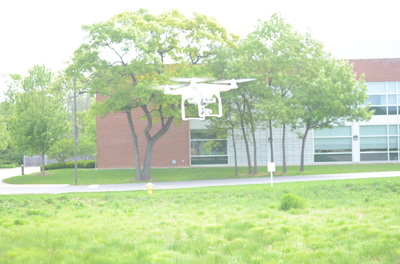
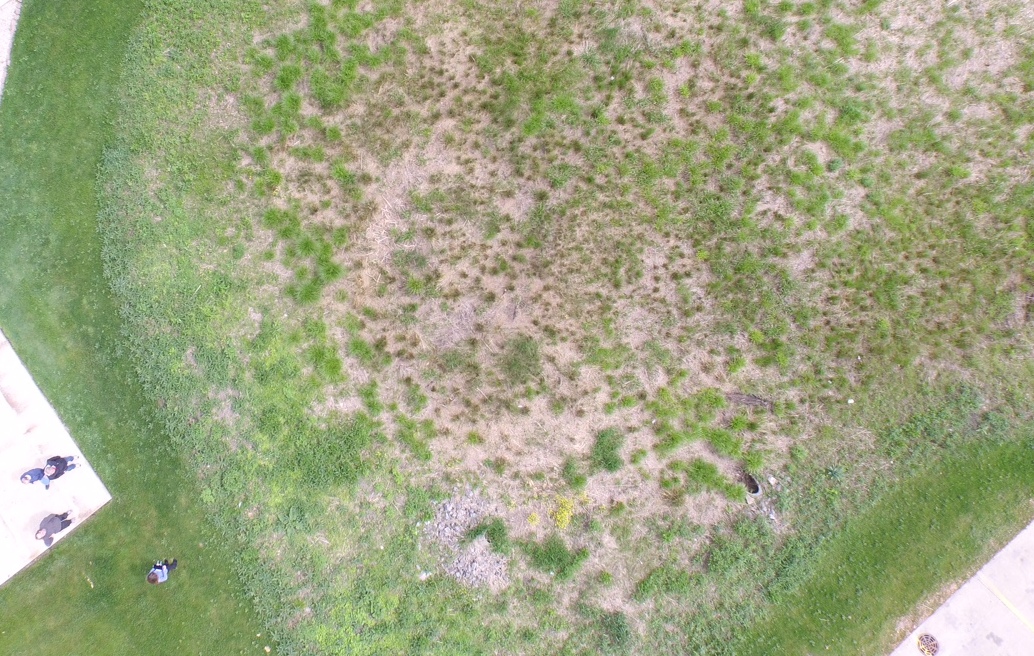
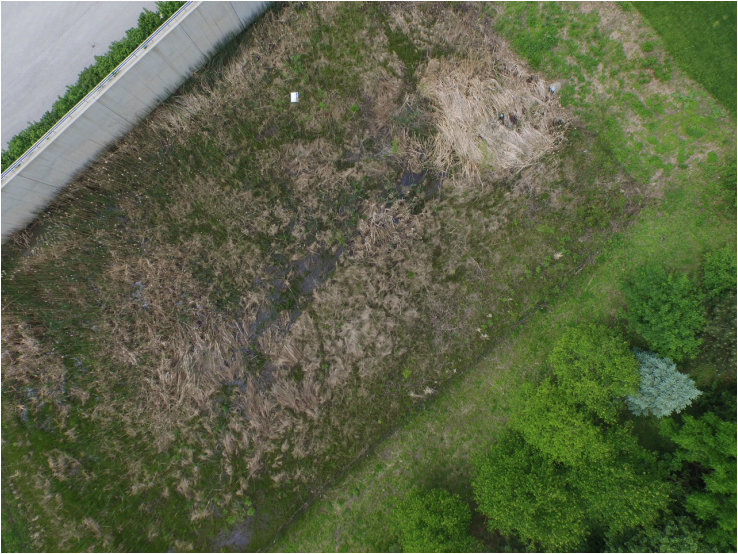
 RSS Feed
RSS Feed
